Are you ready for a trek that will test your endurance, captivate your senses, and reward you with breathtaking vistas at every turn?
Nestled in the heart of the Himalayas, the mystical trail to the Valley of Flowers beckons intrepid souls with promises of floral wonders and awe-inspiring landscapes.
Trekking through rugged terrain, ascending to dizzying altitudes, and facing unpredictable weather patterns, the trek demands determination and physical stamina.
Nevertheless, fear not, for every step will lead you to a hidden paradise adorned with a kaleidoscope of vibrant blooms.
Let’s unravel the secrets of this trek and see if you’ve got what it takes to conquer the Valley of Flowers.
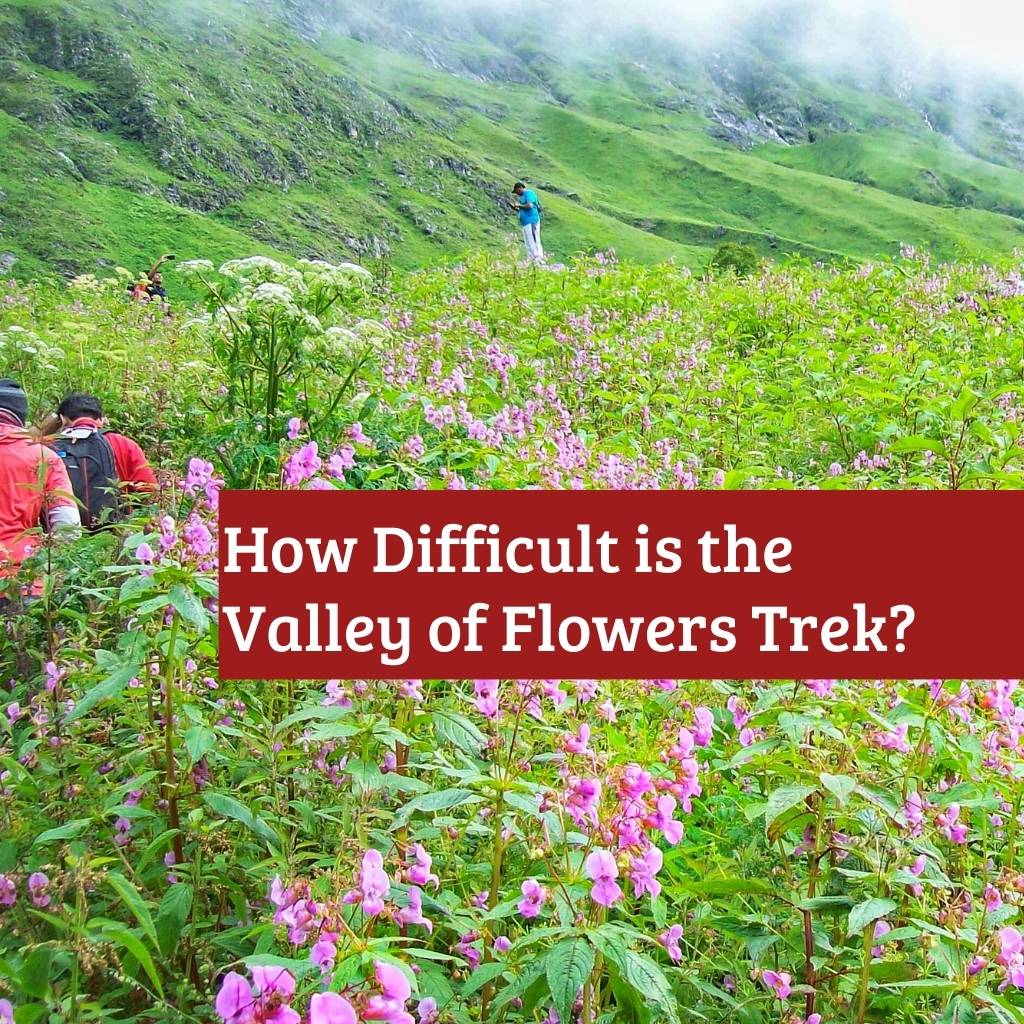
Overview of the Valley of Flowers Trek
Trekking through the Valley of Flowers is a captivating journey that will take you to one of nature’s most impressive wonders. This trek offers a unique opportunity to explore a valley carpeted with a myriad of vibrant flowers at an altitude of 3,600 meters (11,800 feet). The Valley of Flowers trek itinerary covers a roundtrip distance of approximately 35 kilometers (22 miles) on foot and typically takes seven to eight days to complete. It offers ample opportunities to enjoy the valley’s beauty and the surrounding landscapes.
Importance and Popularity of the Trek
Trekkers and nature lovers alike have become enamored with the Valley of Flowers Trek and its immense importance. Its significance lies in the fact that it is a UNESCO World Heritage Site and part of the Nanda Devi Biosphere Reserve. Known for its diverse floral species and unique ecosystem, the valley attracts botanists, researchers, and nature enthusiasts from all over the world. The popularity of the trek stems from the opportunity to witness a mesmerizing tapestry of colors and enjoy the serene beauty of the Himalayas. It allows you to reconnect with nature in its purest form and disconnect from the chaos of everyday life. There is something alluring about exploring an offbeat paradise while trekking through rugged terrain. For many, the Valley of Flowers Trek is a bucket-list adventure. Its breathtaking beauty has captured the imagination of people around the world.
Understanding the Valley of Flowers
The Valley of Flowers National Park covers an area of approximately 87 square kilometers. Located in the Western Himalayas, it features picturesque meadows, pristine streams, and snow-capped peaks. There are over 500 species of flowering plants in the park, including several rare and endangered species.
Unique Features and Floral Diversity
The Valley of Flowers boasts an extraordinary display of diverse and exotic flowers. From elegant blue poppies and vibrant Himalayan lilies to delicate saxifrages and enchanting asters, the valley is adorned with a rich tapestry of floral treasures. These flowers come in a myriad of colors, ranging from vivid blues and purples to brilliant yellows and pinks, creating a vibrant and surreal landscape. Thriving in this pristine Himalayan ecosystem, the flowers have adapted to the unique climatic conditions and geographical features of the valley, making it their exclusive haven for growth.
Significance of the Location
The location of the Valley of Flowers holds immense significance, intertwined with religious and mythological tales. According to Hindu mythology, it is believed that Lord Hanuman discovered the mythical Sanjeevani herb in this valley that revived Lord Lakshman. The locals hold the valley in high regard, considering it sacred and often visiting it for pilgrimage. Legends speak of fairies and gods residing amidst the enchanting beauty of the valley, adding a touch of mysticism to its allure.
Difficulty Level of the Trek
The Valley of Flowers Trek is considered moderately difficult. Although it requires an adequate level of fitness and endurance, it is accessible to beginners if properly prepared and acclimated.
Physical Fitness Requirements
It is imperative that you are physically fit before embarking on the Valley of Flowers Trek. The trek involves long hours of trekking through challenging terrain, steep ascents and descents, and high altitude conditions. It is important to maintain endurance and cardiovascular fitness when tackling long distances and elevation gains. Regular exercise and cardio workouts, as well as strengthening exercises for your legs and core can significantly enhance your trekking experience. Before participating in the trek, it is advisable to consult with a healthcare professional to assess your fitness level and receive any necessary recommendations.
Altitude and Acclimatization Challenges
Acclimatization is imperative for the Valley of Flowers Trek due to its altitude-related challenges. Starting at around 10,000 feet, the trek gradually gains elevation to reach its highest point at 14,100 feet at Hemkund Sahib. A rapid ascent without adequate acclimatization can cause symptoms such as headaches, dizziness, and nausea. You should allow enough time for acclimatization, take regular rest breaks, stay hydrated, and listen to your body. Experience with high altitude trekking or engaging in activities that improve cardiovascular fitness can also prepare one for the altitude challenges of the Valley of Flowers Trek.
Weather and Climate Conditions
Climate and weather conditions can have a substantial impact on the Valley of Flowers Trek. The temperature during the day usually ranges from 15 to 25 degrees Celsius (59 to 77 degrees Fahrenheit), providing a comfortable trekking environment. Temperatures at night can drop considerably, from 5 to 10 degrees Celsius (41 to 50 degrees Fahrenheit). The best time to visit the Valley of Flowers is during the monsoon season (July to September), as the flowers are in full bloom. However, this may also mean that you will encounter heavy rainfall, which will make the trail slippery and difficult to navigate.
Terrain and Trail Conditions
The Valley of Flowers Trek offers a mix of challenges and rewards. The trail is primarily composed of rocky and uneven terrain with steep ascents and descents. On these rugged terrains, hiking poles can provide stability and support. The trail is well-defined, but the monsoon season can make it muddy and slippery, so caution is required. Proper hiking boots, trekking poles, and adequate fitness will help you navigate the terrain and fully appreciate the Valley of Flowers’ natural beauty.
Safety Precautions and Emergency Measures
Safety during the Valley of Flowers trek involves taking necessary precautions and being prepared for emergencies. Having a guide or trekking with a group will provide guidance and support as you trek. Follow the instructions provided by the trek leaders, communicate regularly, and be prepared to deal with unforeseen circumstances. Carry your own first aid kit, compass, map, and communication device. Keep up with weather forecasts and trail conditions, and be prepared for sudden changes. Know the location of nearby medical facilities in case of an emergency.
Preparation and Training
It is essential to prepare and train for the Valley of Flowers trek in order to ensure a safe and enjoyable journey. A reasonable degree of physical fitness, endurance, and mental strength are necessary for this adventure.
Fitness and Endurance Training
Regular cardiovascular exercises, such as running, cycling, or swimming, can improve your stamina and cardiovascular fitness. Furthermore, strength training exercises targeting the legs, core, and upper body can enhance your overall strength and stability. Increasing the intensity and duration of your training sessions gradually will help you build endurance and simulate trek demands.
Recommended Gear and Equipment
Among the essential items to consider are sturdy hiking boots with good ankle support, moisture-wicking clothing, a waterproof and windproof jacket, a comfortable backpack with a rain cover, trekking poles for extra stability, a first aid kit, a sun hat, sunglasses, sunscreen, hydration pack, and waterproof jacket. You should also carry a headlamp or flashlight, extra batteries, and a lightweight sleeping bag suitable for the weather. Pack light, but make sure you have all the necessary gear to tackle the terrain and changing weather conditions.
Packing Essentials for the Trek
Packing for the Valley of Flowers trek requires a few essentials. Dress in comfortable, moisture-wicking clothing that can be layered as the temperature varies throughout the day. Bring sturdy walking shoes or sneakers, a sun hat, sunglasses, sunscreen, insect repellent, a reusable water bottle, and energy-rich snacks. You will want to bring a lightweight backpack to carry your essentials, a rain jacket or poncho in case of unexpected showers, a basic first aid kit, and a camera to capture the beauty of the valley.
Tips for Altitude Sickness Prevention
It is important to take certain precautions in order to prevent altitude sickness during the trek. Your body needs time to adjust to higher altitudes through gradual acclimatization. Drink plenty of water throughout your trek and avoid alcohol and caffeine. When you experience symptoms of altitude sickness, such as headache, nausea, or dizziness, descend to a lower altitude and seek medical attention. The importance of keeping fit and healthy while traveling cannot be overstated.
Tips for a Successful Trek
It’s important to keep a few tips in mind when trekking to the Valley of Flowers. A thorough plan and preparation, including obtaining the necessary permits and acquiring the appropriate gear, are essential. Please visit the official website for more information related to weather and permit.
Choose the Right Time to Visit
The best time to go on the Valley of Flowers trek is during the monsoon season (July and August). As an alternative, the spring months (May and June) bring pleasant weather and an awakening of the valley. Winter (October) offers a different kind of beauty with snow-capped peaks. Mid-winter to April or May, depending on the weather, is the time when the trek is closed.
Select a Reputable Trekking Operator
Select an operator with a proven track record, positive reviews, and knowledgeable guides. Make sure they adhere to responsible trekking practices, prioritize safety measures, and have emergency protocols in place. A reputable operator will not only enhance your trekking experience, but also provide peace of mind.
Hydration and Nutrition Guidelines
Drink plenty of water to avoid dehydration, especially in high-altitude conditions. Bring a water purification tablet or a filter to refill your water bottle from natural sources. Fuel your body with energy-rich snacks like dried fruits, nuts, and energy bars. In addition, maintain your energy levels with a balanced diet that includes carbohydrates, protein, and healthy fats. Make sure you adjust your hydration and nutrition according to your body’s signals to ensure optimal performance.
Managing Energy During the Trek
Start at a comfortable pace, allowing your body to adjust to the altitude and terrain. Keep your energy levels high by taking regular breaks, rehydrating, and refueling with nutritious food. Maintain a balance between pushing yourself and enjoying the journey by listening to your body’s signals. Managing your energy and pace effectively will enable you to maintain stamina and prevent fatigue.
Now that you’re ready…
The Valley of Flowers trek is undoubtedly challenging, but the rewards are immeasurable. With breathtaking views of vibrant flowers and tranquil Himalayan landscapes, every step of the journey is filled with awe-inspiring beauty. It is an accomplishment that will live with you for the rest of your life, along with the memories created. Lace up your boots, prepare yourself mentally and physically, and embrace the exhilarating challenge. The experience will test your limits and leave you with a deep appreciation of nature’s wonders.

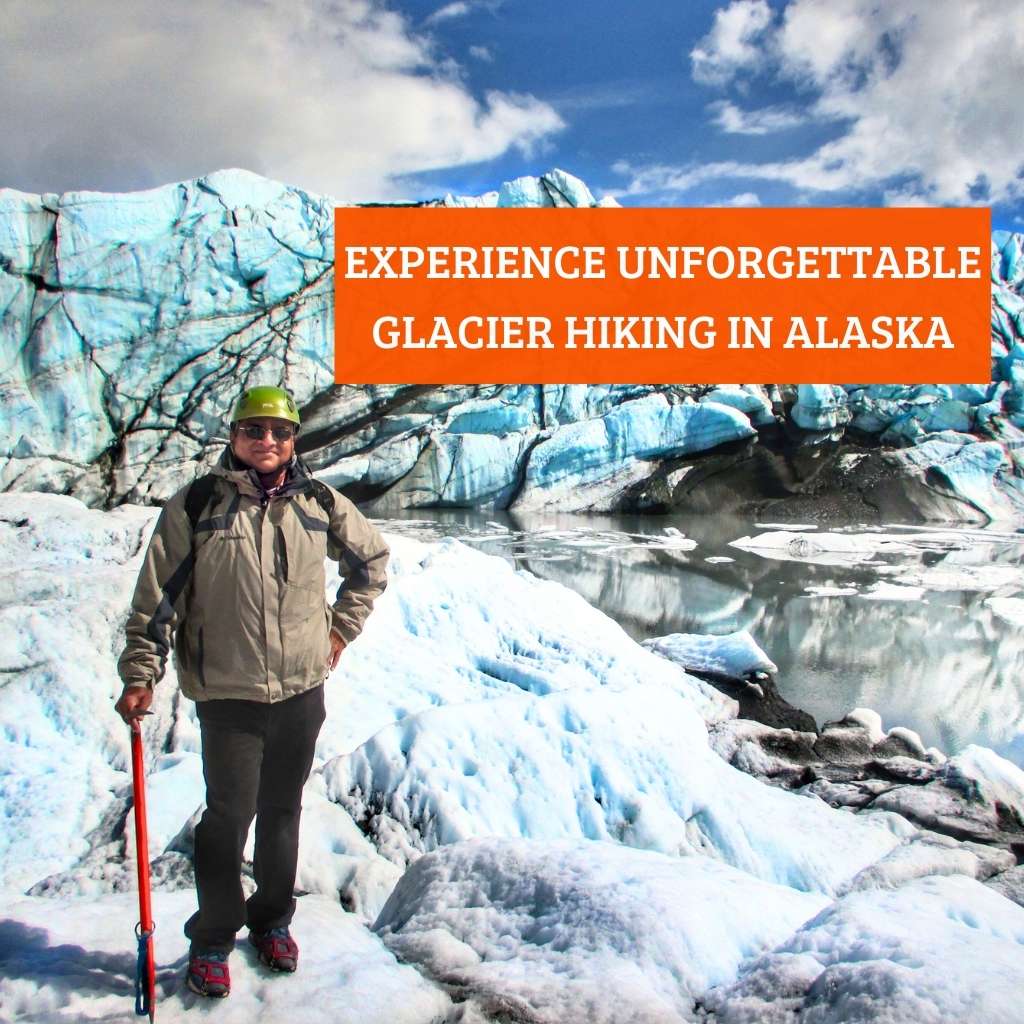
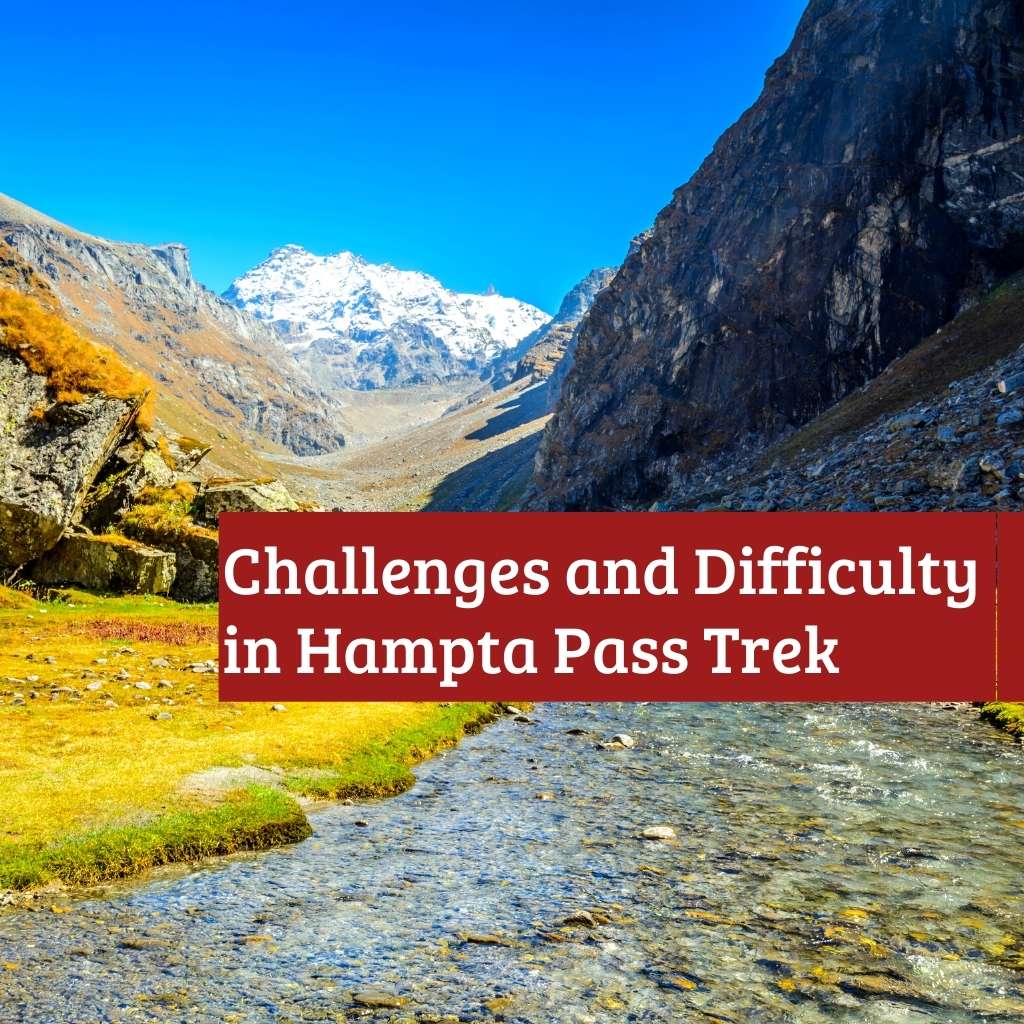
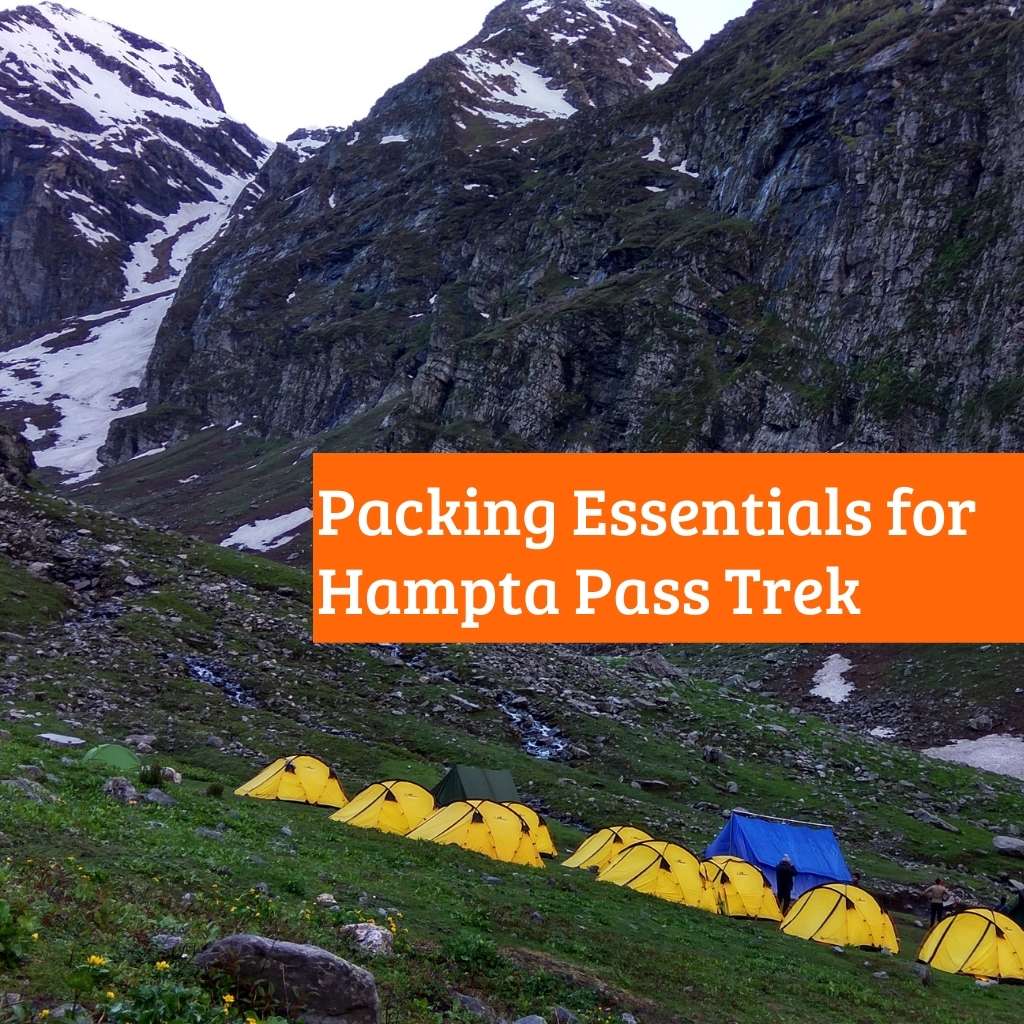
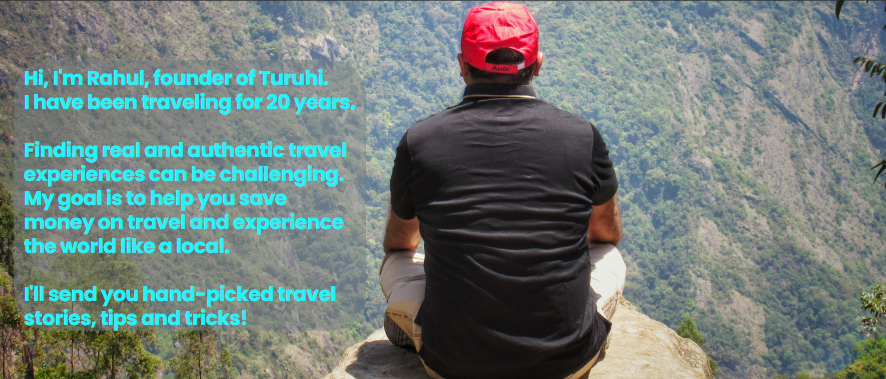
Add a Comment